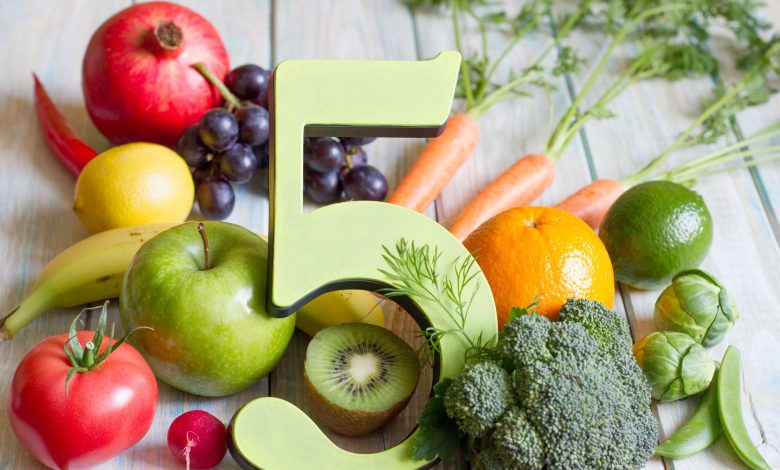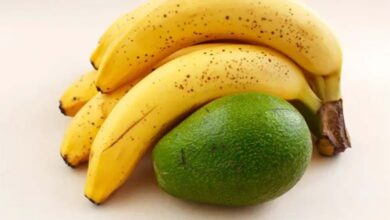5 servings of fruits and vegetables every day to be healthy

The message has been hammered home for many years: you must eat at least 5 servings of fruits and vegetables every day. Where does this recommendation come from, and why 5, wondered the Rumor Detector.
The origin of the recommendation
In the early 2000s, faced with the increase in cases of cancer and cardiovascular disease, public health organizations tried to reverse the trend by promoting healthy eating. Already, the evidence was accumulating that fruits and vegetables reduced the risk of developing certain diseases.
Since 2003, the World Health Organization (WHO) has recommended consuming 400 g of fruit and vegetables daily. By dividing it, we arrive at five portions of 80 grams: a way to simplify the message and to retain it more easily.
But the WHO hadn’t invented anything. From 1988 to 1991, California had organized the campaign Five a day… for better health ! to increase Americans’ fruit and vegetable intake — and improve their health. In the years that followed, nearly every state in the United States adopted this program.
5 is good, 10 is better?
However, knowing that the recommendation is often between 5 and 10 servings, there is room for interpretation. Is there an optimal amount?
In 2014, Chinese and American researchers analyzed 16 studies with more than 800,000 participants. Overall, each additional serving of fruit or vegetables reduced all-cause mortality by 5%. The same observation applied for cardiovascular diseases. For example, at 2 daily servings, the reduction was 10% and reached 25% at 5 servings. The researchers noted that the decrease seemed to peak at 5 servings.
An international study, however, came to muddy the waters in 2017. Based on the analysis of 95 studies spread over several decades, its conclusion was that 800 grams of fruit and vegetables would be preferable, or 10 servings per day. The meta-analysis estimated that 7.8 million deaths could have been prevented worldwide each year if this recommendation had been followed. By doubling their consumption from 5 to 10 servings, a person would reduce the risk of developing certain diseases by 31% on average, which however only represents a gain of 6% compared to 5 servings.
An article published in the journal Traffic of the American Heart Foundation last year brought the pendulum back to the figure of 5: the benefits would be negligible above the 5 daily servings. Specifically, the greatest benefit would be achieved with 2 servings of fruit and 3 servings of vegetables.
It should be remembered that barely 30% of Canadians and 10% of Americans manage to follow this recommendation: raising it to 10 servings would therefore risk discouraging some, especially if it turns out that the gains are not not huge.
Two downsides
Some fruits and vegetables are better than others. Canned fruits should be avoided in particular since they have been associated with a higher risk of mortality, possibly due to the sugar they contain. Fresh fruits and vegetables are therefore to be preferred, whether raw or cooked. Juice should be excluded from these daily servings, due to the added sugar it contains.
And there is one last important nuance to bring to all these studies: overall, those who consume the most fruits and vegetables are often those who have better lifestyle habits. They are more active, don’t smoke, and generally have healthier food on their plate. It is therefore difficult to attribute the reduction in disease risk solely to broccoli, carrots and citrus fruits.
What exactly is an 80 gram serving? ?
Two large strawberries
Six radishes
A pear
A medium sized banana.












